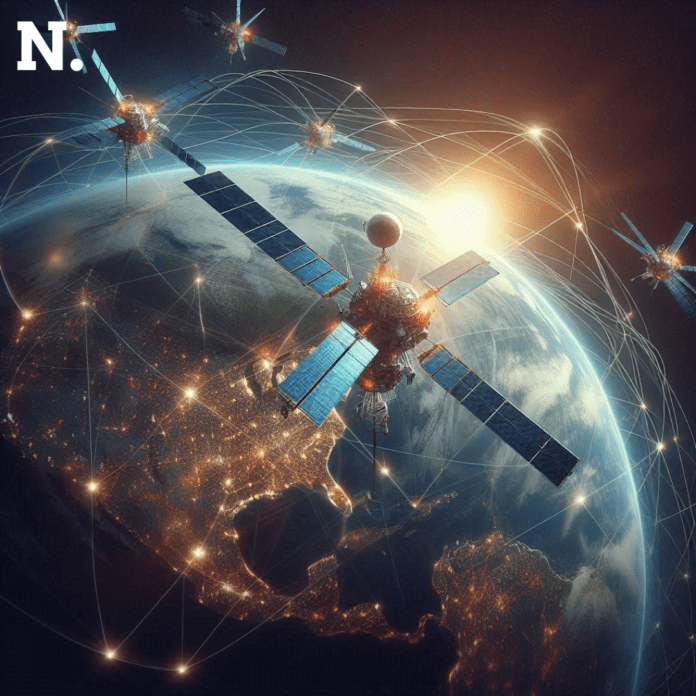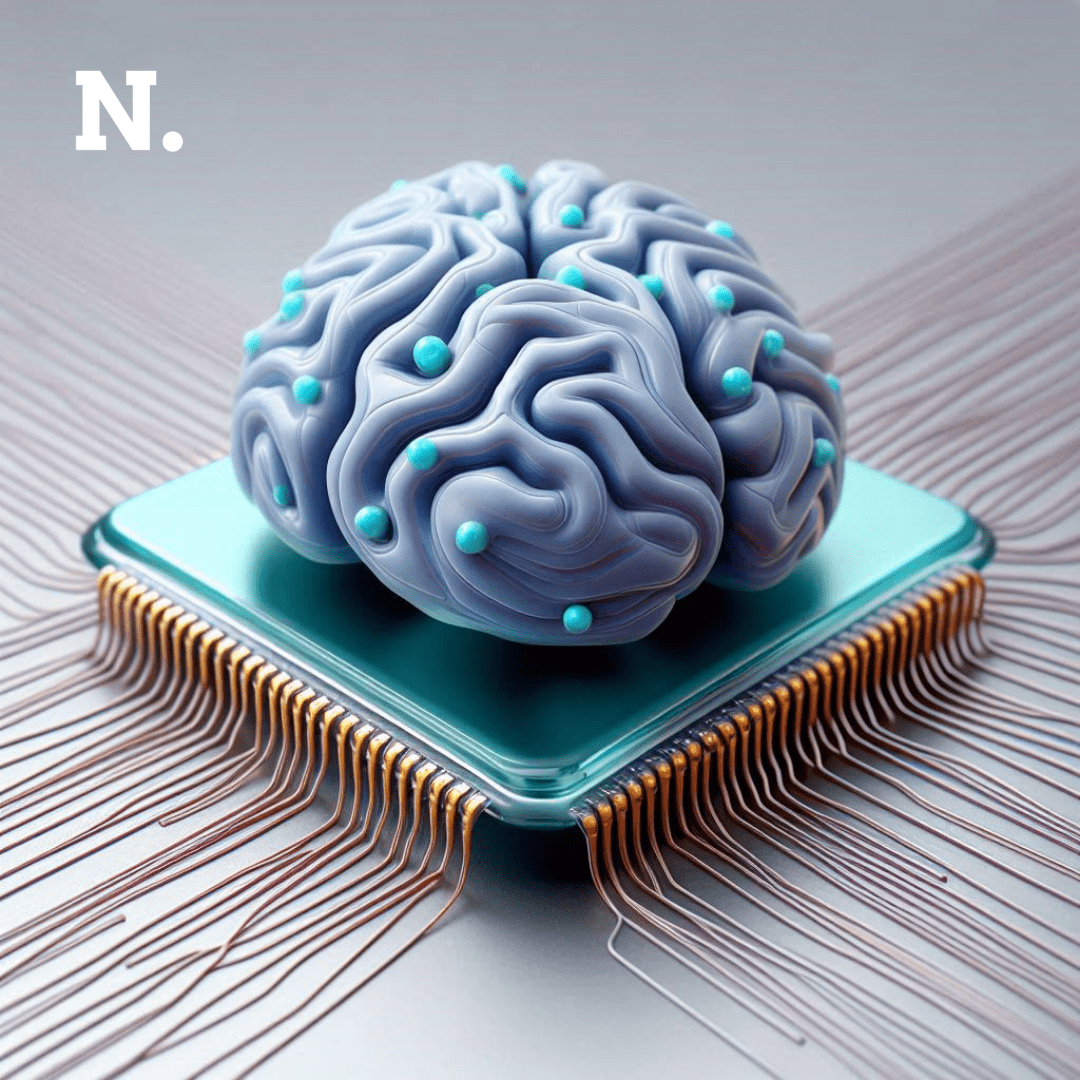Starlink, a division of SpaceX, under the leadership of Elon Musk, has been one of the bold leaps that would lead to the revolution of global communication an initiative toward direct-to-cell satellite technology. Innovations such as these promise to change the connectivity landscape by providing unfailing communication capabilities across the world, including remote and underserved regions.
Starlink’s DtC Technology
DtC technology eliminates the need for the classic terrestrial cell tower because it employs a constellation of low Earth orbit (LEO) satellites in space. Sent into space with the help of SpaceX’s reliable Falcon 9 rockets, capable of performing voice, data, and Internet of Things (IoT) communications can now be conducted directly with standard LTE/4G protocols. This innovation negates the reason to require bulky hardware or modification endeavors on already existing smartphones, as those can be made to serve as antennas themselves.
Starlink: Recent Developments Recent developments continue to point to stellar headway with Starlink’s DtC initiative. Starlink successfully launched a number of satellite batches as of June 2024. The most recent launch from Vandenberg Space Force Station added 20 satellites to this constellation’s global coverage and capability for its DtC service. Among them, 13 were enabled for the DtC service. These satellites shall transmit the signals, but at the same moment, they will have to manage complex tasks like satellite handoffs and timing delays to ensure robust and noninterrupted connectivity.
Implications of Starlink’s DtC Innovation
Some important milestones reached to get a stage of DtC technology that works. This year marked the successful transmission and reception of text messages made by the Starlink DtC satellites, thus now tangibly reaching out to the ambitious goal: world connection. Being purely of a technical nature, this achievement underscores the potential of DtC in providing cure communication to populations residing in remote areas and areas lacking proper infrastructure.
What Starlink’s DtC technology means: The implications of such technology are far-reaching; by harnessing its large sat-constellation—instruments placed now over a strength exceeding 5,000—Starlink is able to deliver their internet service to every corner currently available only to 4G cellular users. This will not only connect millions of people currently underserved with existing infrastructures but also lay the foundation for future developments within the telecommunication technology industry, possibly leading to advancements in the 5G and beyond through hardware virtualization.
Expert Insights on Starlink’s DtC Expansion
Industry experts and analysts appreciate the strategic importance of this aggressive expansion made by Starlink in the DtC sector. David Nicholson, Chief Research Officer of The Futurum Group, remarks that in the coming years, making a move to DtC (Direct-to-Consumer) will seem as unavoidable as shifting from landlines to cell phones is today”. Following this, tech analyst at SADA Miles Ward adds this sentiment: that early deployments are going to pave the way for broader applications and refinements in later DtC iterations.
Despite such promising developments, however, there still exist many wide-reaching challenges. The engineering tasks at Starlink include easy integration with cellular networks and handling the complexities of dynamic connections in satellite communication. Still, its peculiar profile driven by SpaceX’s low-cost launch and broadly deployed ground infrastructure sets it apart to have success where others might have failed.
Going forward, Starlink envisions a future in which its DtC technology enables personal communication, mission-critical applications in IoT, and data-intensive operations at places where it has not been possible. It is a view very much in line with the larger aspirations of democratizing access to information and connectability across the world, possibly impacting industries from agriculture to emergency response in revolutionary ways.
Conclusion: Redefining Global Telecommunications
This could be one of the most important moments of development in global telecommunications: specifically, the deployment of the Starlink satellites at very fast rates. Starlink is going to redefine global communication with its push in satellite technology and connectivity to a new frontier in reliability, accessibility, and innovative spirit in the digital age.
Ever as the international community holds its collective breath in keen anticipation, it is the ambitious vision and ceaseless pursuit of technology advancement that continue to drive the journey to universal connectivity in Starlink.




